10 Things to Do Before Pressing the Shutter Button
Whenever we press the shutter button to take a photo, we’re making a commitment.
Certainly, we can press this button again and again to take as many pictures as we’d like, but we find it best to slow down and really take some extra time to consider the shot before rushing in for the snap.
One way we can learn to be more mindful about our photography and take more intentional shots is by following a mental checklist of things to do before we press the shutter. Below, we’ve listed 10 things you can ask yourself to make sure your shot is the best it can be.
1. Find the leading lines
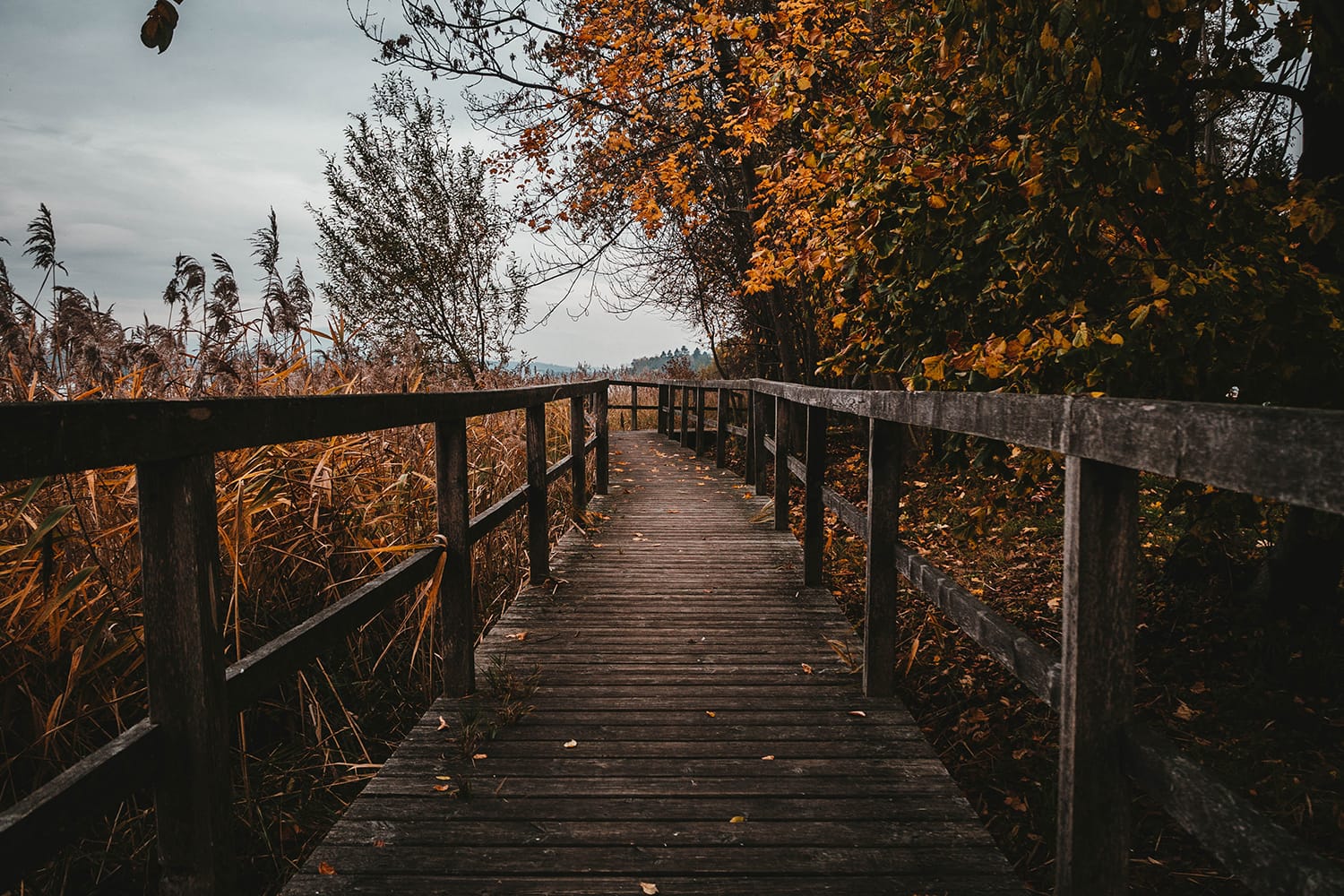
Make yourself aware of the leading lines that occur naturally in your scenery so that you can take advantage of them. Perhaps you want to use them to lead the viewer’s eye toward the photo’s focal point, or maybe you want to use these lines to draw the viewer into the far distant horizon.
It all depends on how you hope your audience will experience the photograph, and leading lines can make all the difference.
2. Strengthen your focal point
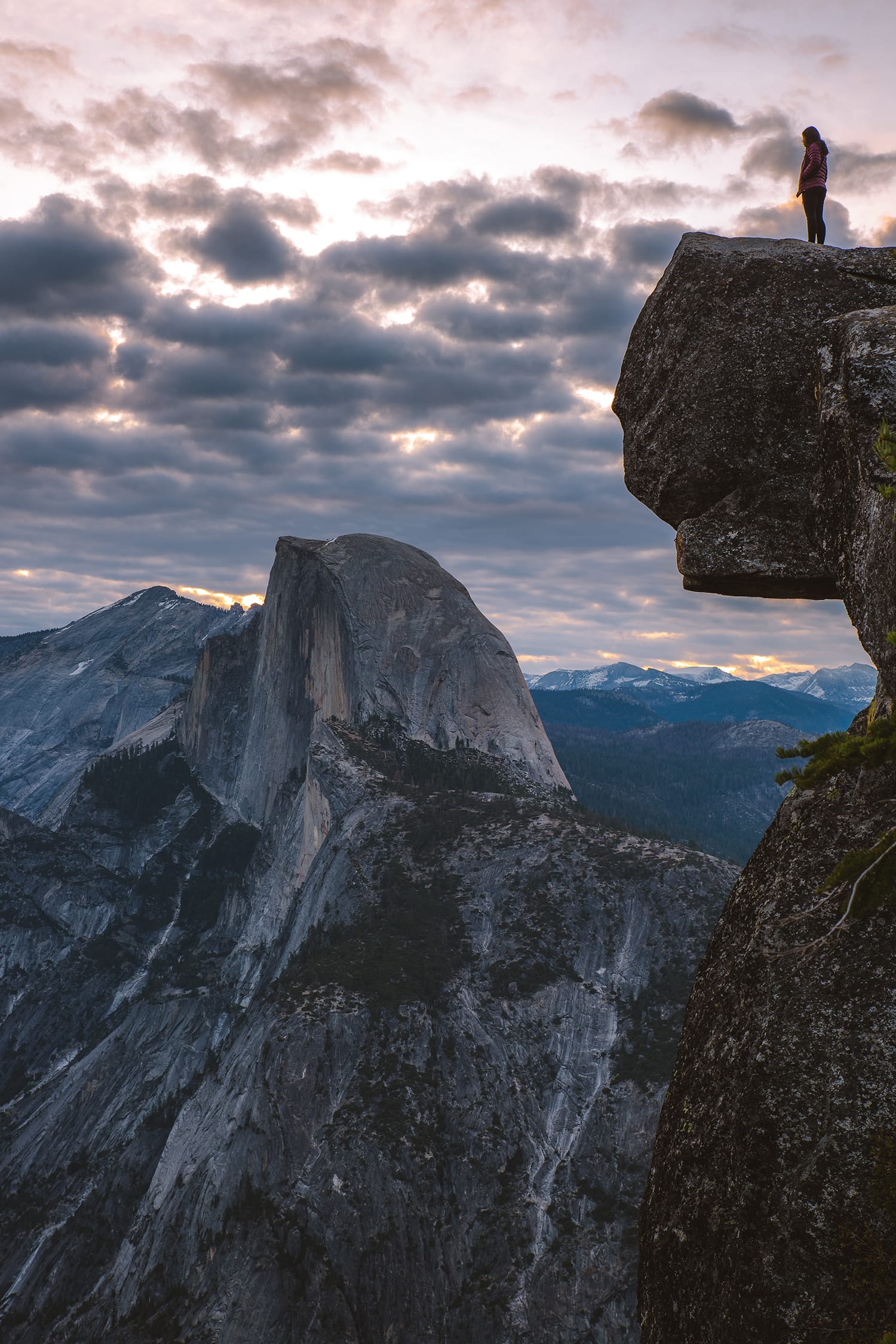
Speaking of focal points, let’s chat about them for a moment! One could argue that the focal point is the most important part of a photo because it is what’s responsible for anchoring the viewer’s attention. Once this attention has been captured, the focal point can then lead the eyes toward other elements within the scene.
Without this singular point, however, a photo may appear without purpose.
3. Consider other perspectives
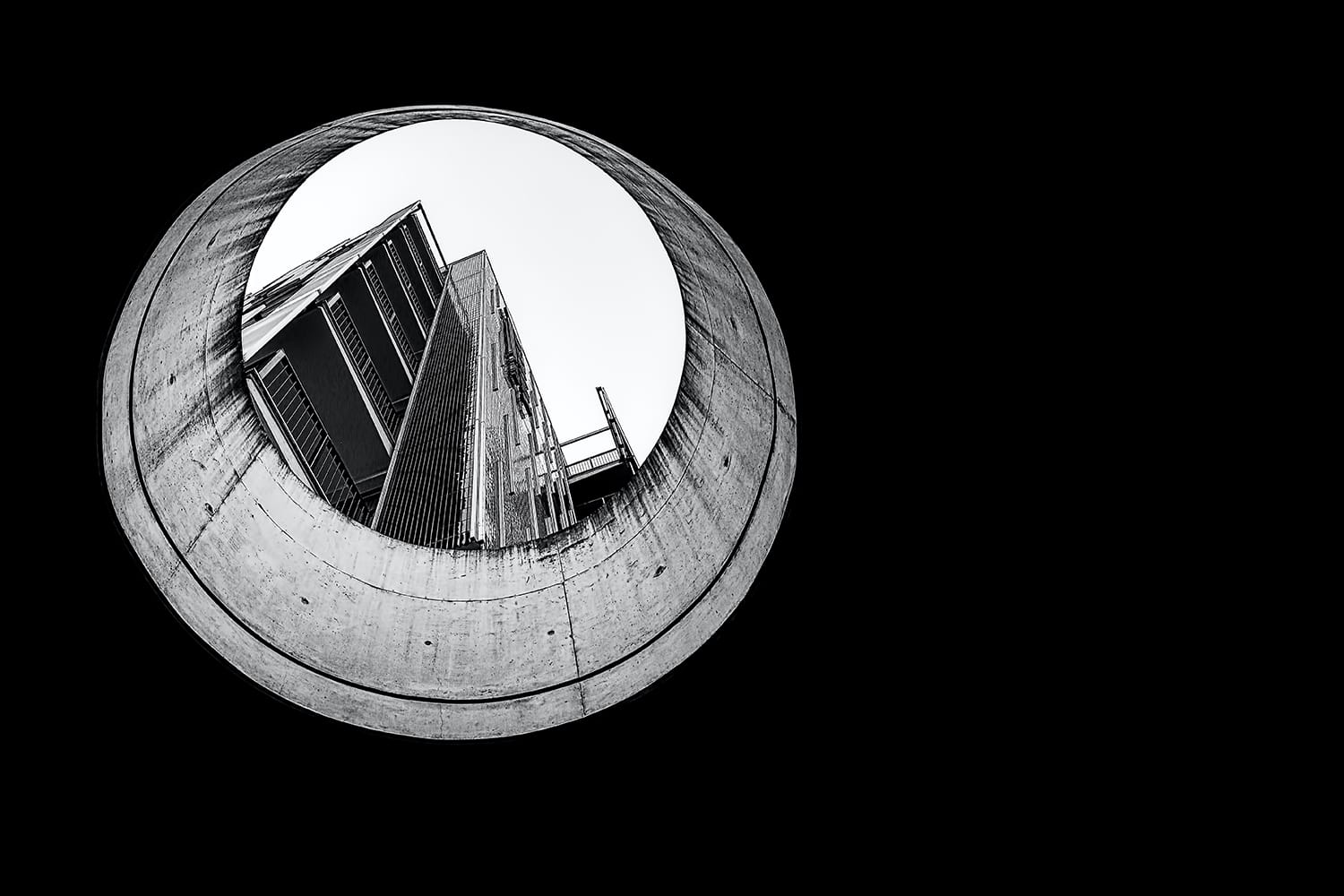
Before you press the shutter, ask yourself if you are getting the shot from the best perspective possible. Is there somewhere else you could go to better capture your subjects and the surrounding scenery? Might shooting from above or below better communicate the feeling you’re aiming to create?
4. Double-check the background

A common mistake (and one of the worst ones we can make as photographers) is focusing so much on our subject that we don’t pay enough attention to the background before grabbing our shot and moving on.
This can result in the presence of distracting background elements that cheapen the intensity of the focal point and, in the worst-case scenarios, the quality of the photo as a whole.
5. Ask yourself if the lighting is appropriate and how you can improve it
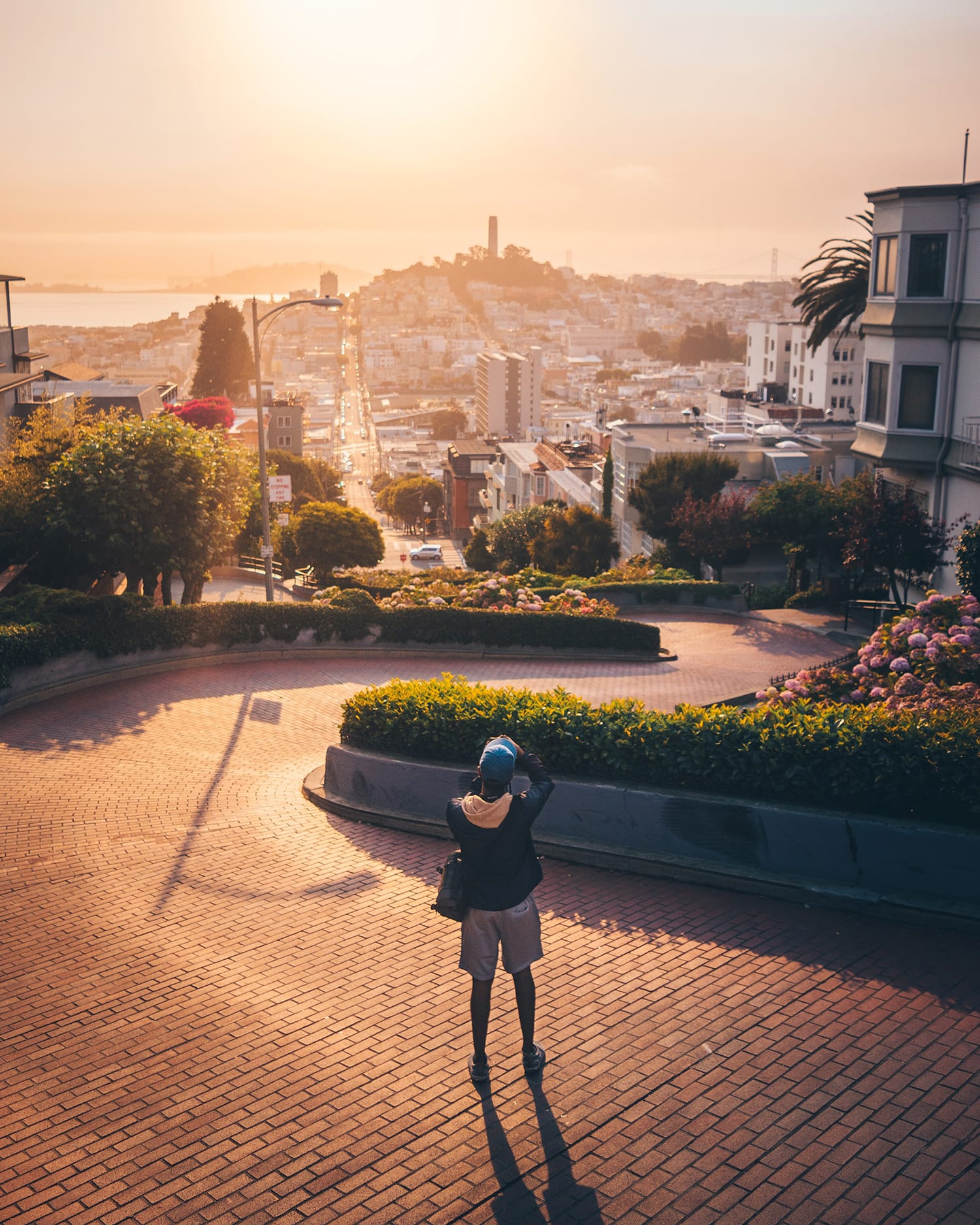
Prevent lighting that is too harsh or too yellow by intentionally positioning yourself away from direct sunlight or by using light modifiers like reflectors. If you are shooting in a studio, consider different lighting arrangements. Also, ask yourself about the desired mood of your photo and ensure that the lighting you achieve contributes appropriately.
6. Run through a mental composition checklist
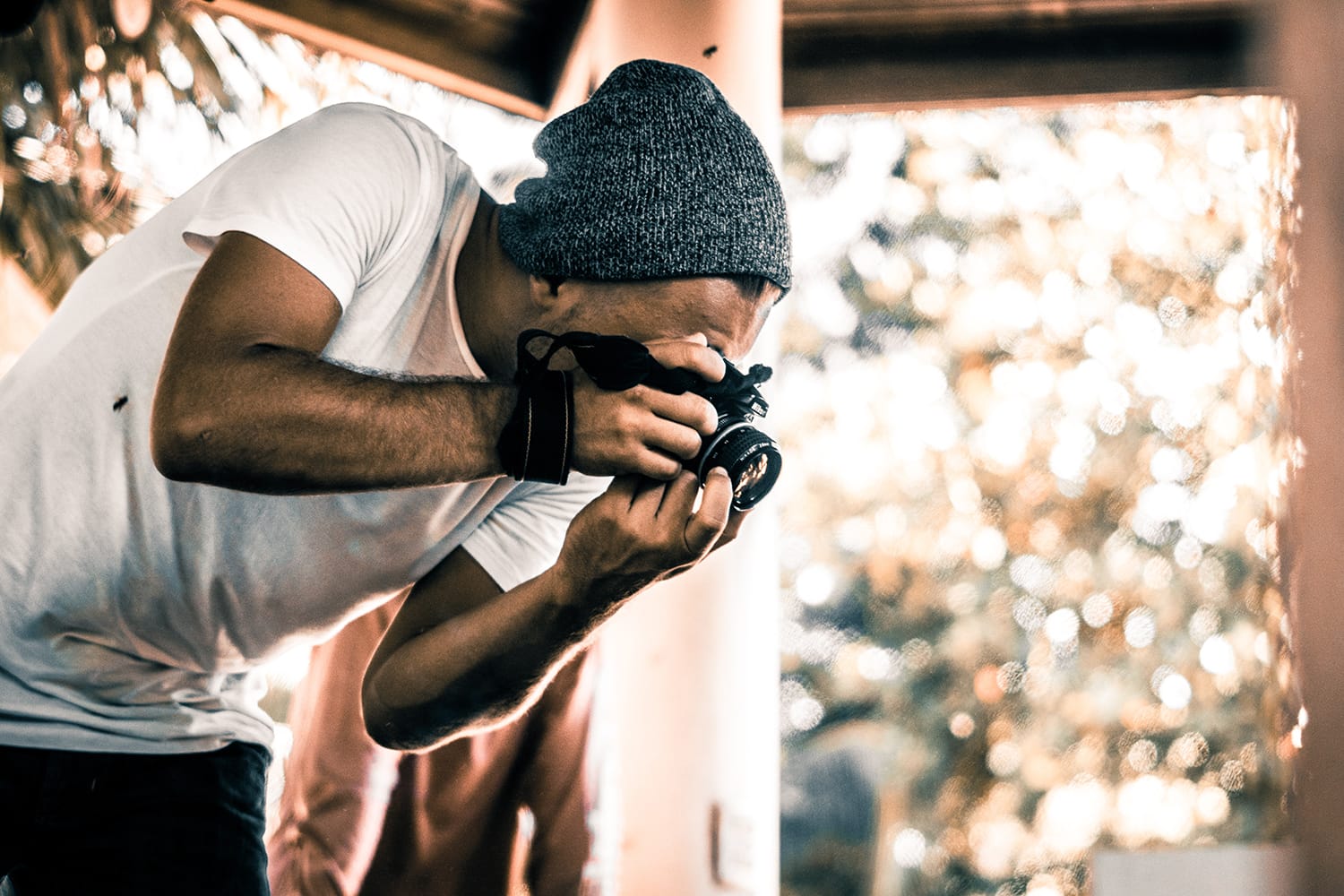
No matter how complex your composition, it’s never a bad idea to return to basics. In your head, consider your camera’s position, the orientation of the horizon, the Rule of Thirds, whether you’ve achieved the desired sense of scale in your shot, and anything else you find important to your composition.
Keep this checklist mostly the same each time so that it becomes a mental habit, and soon enough you won’t have to think twice about it.
7. Understand the exposure triangle
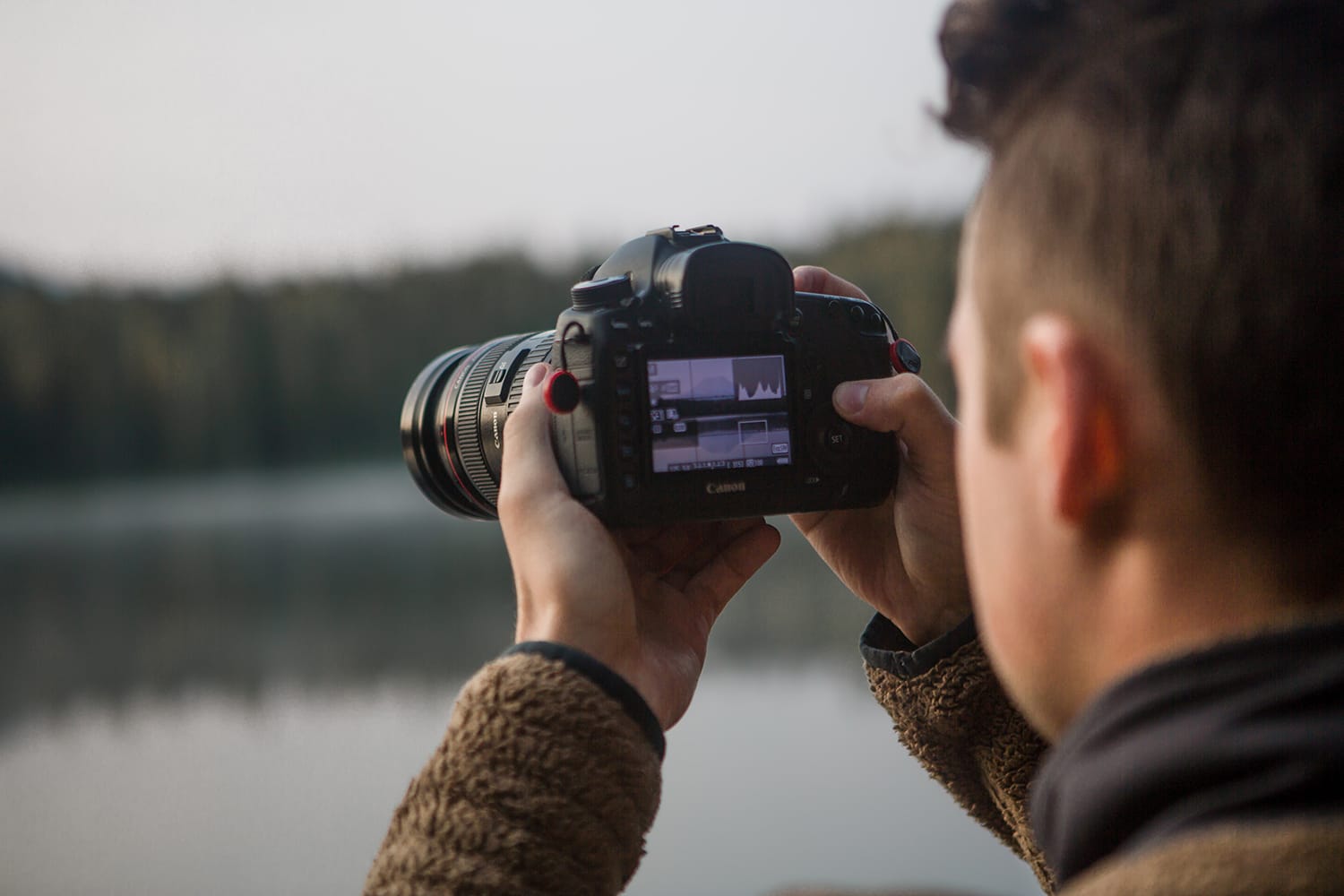
When it comes to nailing your camera settings before pressing the shutter, the exposure triangle is one of the most important concepts you can master to ensure that you end up with an appropriately exposed photo.
Before your finger presses down on that shutter button, think about the relationship between your shutter speed, aperture, and ISO settings.
8. Consider focus as it relates to your subject
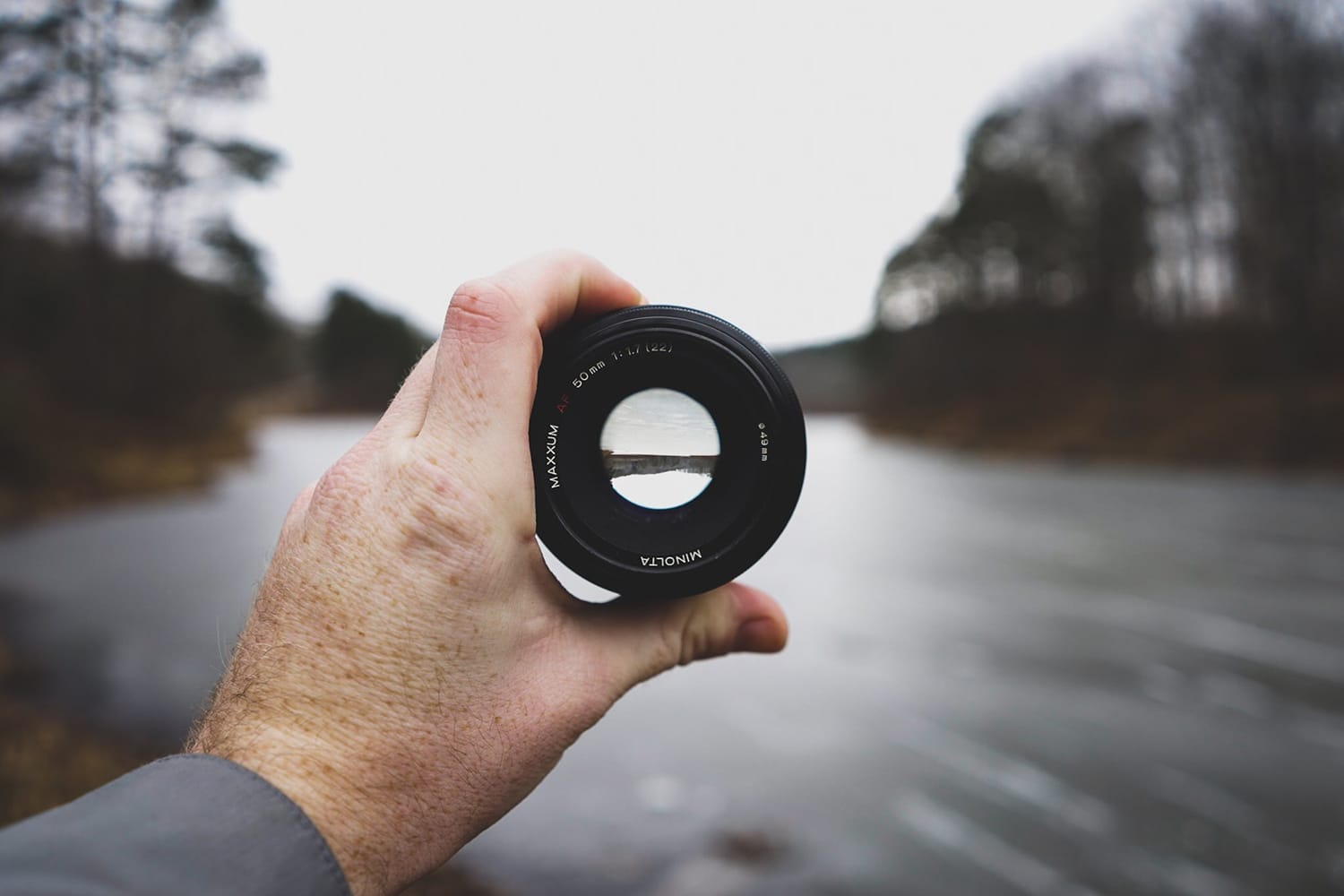
Have a plan when it comes to deciding how much you want your subject to be in focus, then adjust the depth of field accordingly.
When shooting a portrait, for example, you may want the focus to be primarily directed on the subject’s eyes to capture the maximum amount of emotion. In this case, the background may be less important. Landscapes, however, generally benefit from a greater depth of field to keep everything simultaneously in focus.
9. Ask yourself “why”
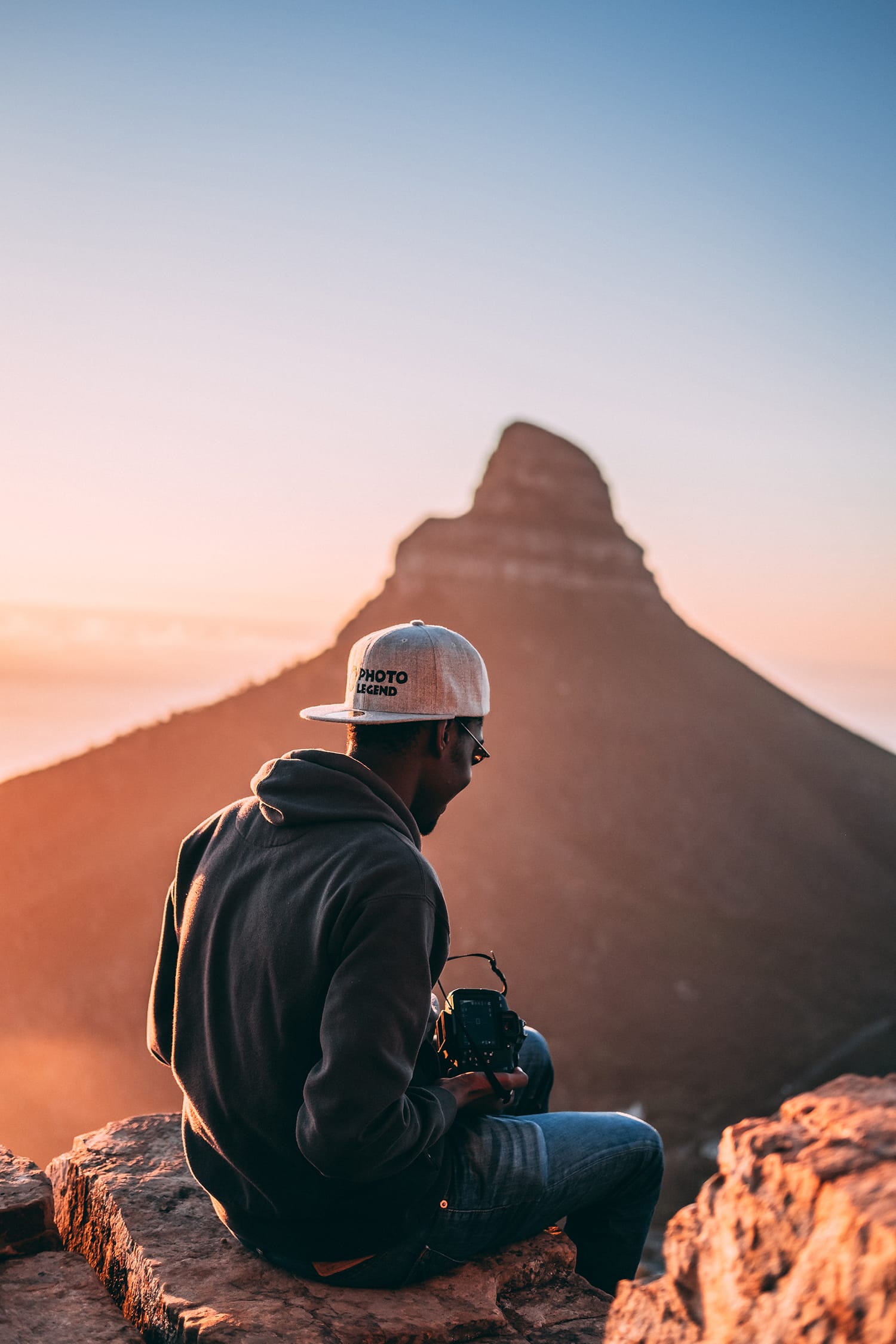
Each and every photo you take should have a purpose, a reason for existing. Before taking the shot, take a moment to ask yourself “why”.
In other words, ask yourself what about the subject, background, composition, and lighting you have chosen makes this an essential photo. Does it tell a story? Does it provide a new perspective? If you find yourself unable to answer this question, it might mean that your composition lacks purpose and could benefit from some reconsideration!
10. Think about framing and symmetry
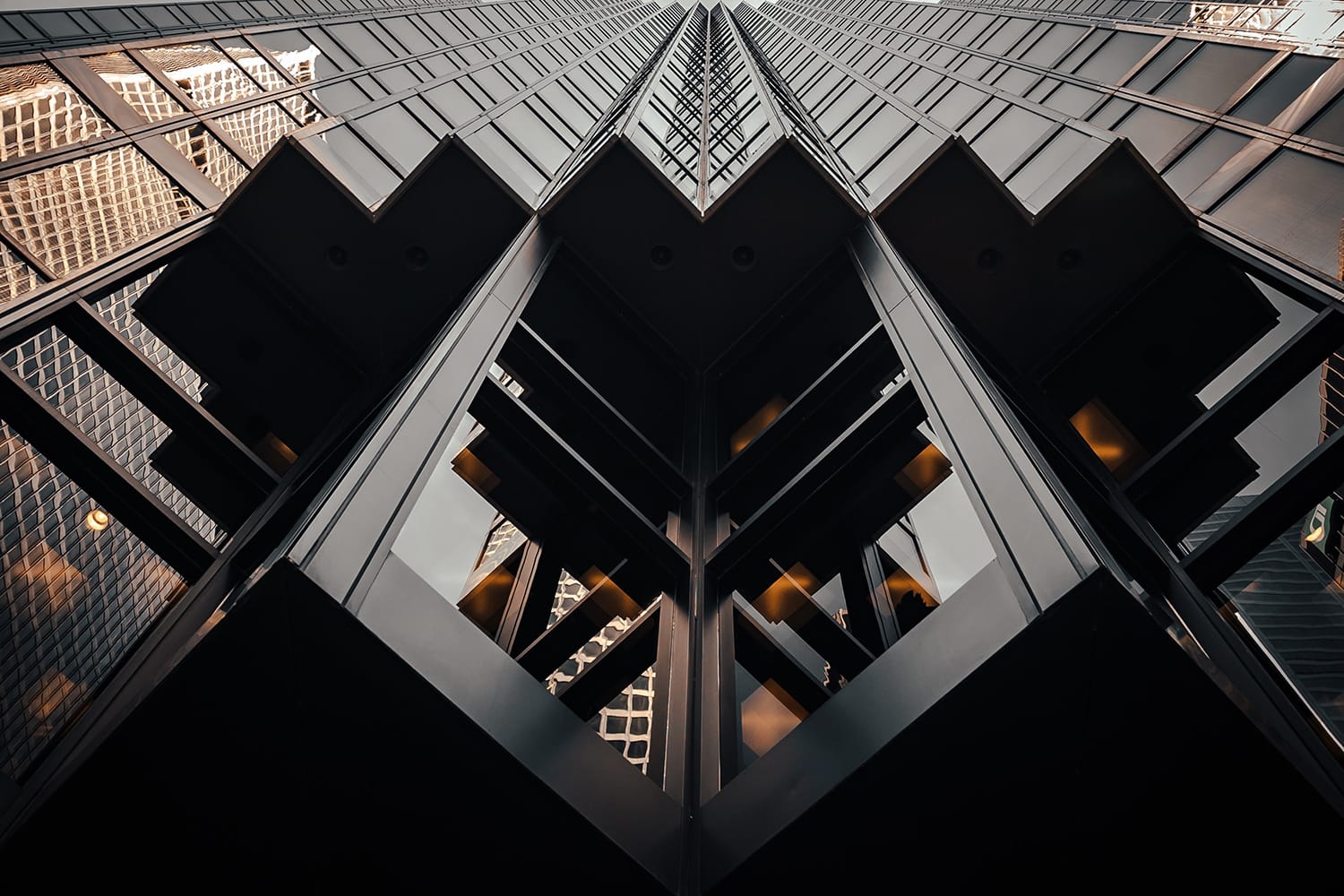
The human eye likes order, meaning that it is particularly fond of natural frames (a doorway, archway, bent tree, or anything else) and an even spread of subject material throughout each half of the photo. If your composition lacks symmetry or fails to utilize available framing, ask yourself if you are making this choice intentionally.
It’s okay to break the “rules” if done so with a purpose!
Every photographer’s mental preparation for taking a photo is going to be different, but we hope that this will give you some ideas as you prepare your own photography workflow and make an effort to become a more mindful photographer before pressing the shutter.
